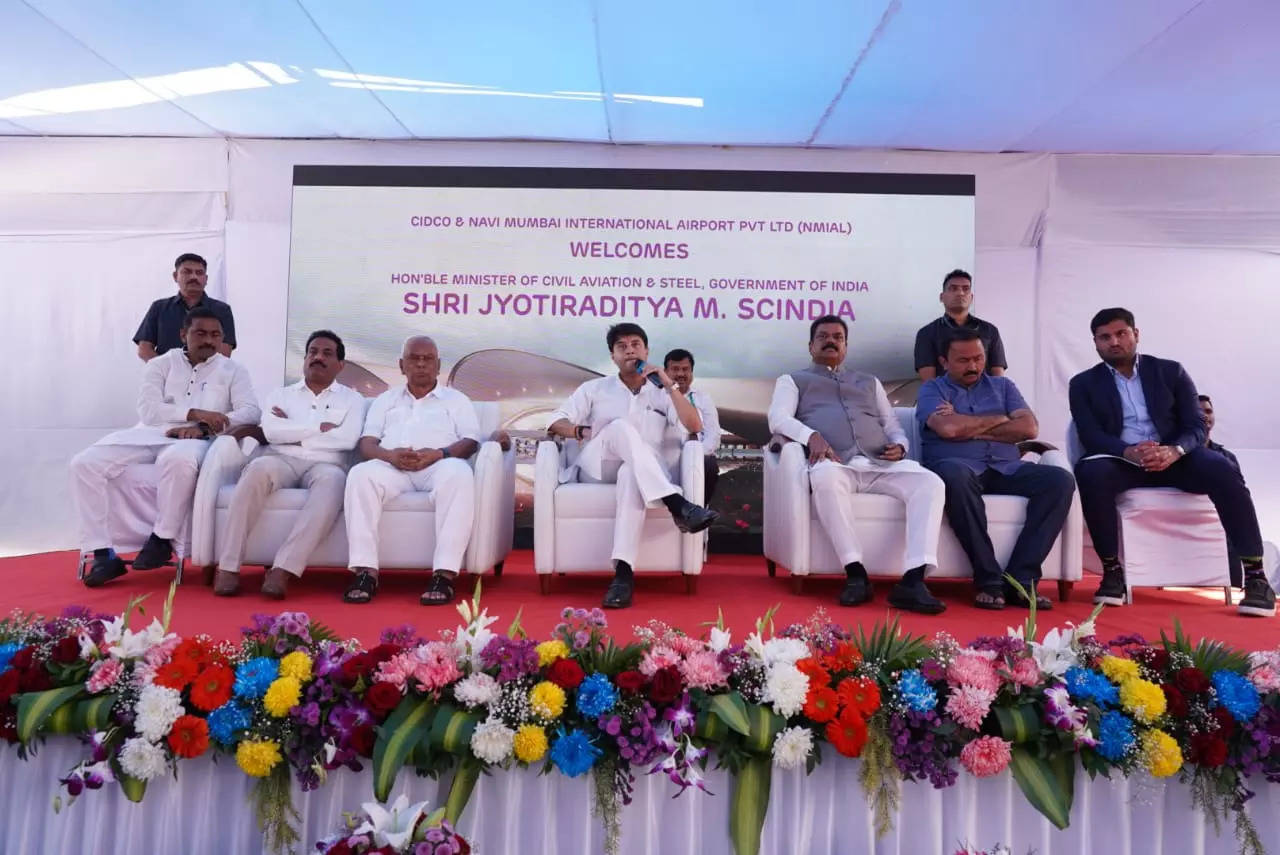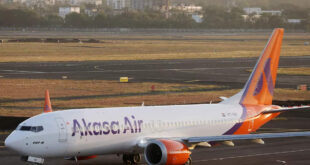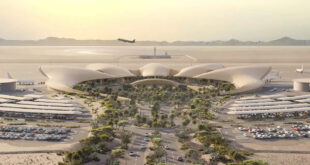[ad_1]

Union Minister for Civil Aviation and Steel, Jyotiraditya Scindia, visited the Navi Mumbai International Airport Project site on January 13 to conduct a comprehensive review of the ongoing developments. The minister on the occasion announced that the upcoming airport is expected to start commercial flights operations by March 31, 2025.
The visit included a progress review meeting on the project’s status operational readiness, and a detailed site inspection. The minister was briefed on the multi-modal connectivity initiatives that will link the airport through rail, road, and metro.
Expressing the national significance of the Navi Mumbai International Airport, Scindia stated, “The Navi Mumbai International Airport is not just an infrastructure project for Mumbai or Maharashtra; it is a project of pride for the entire nation.” Emphasising its critical role in enhancing connectivity, the Minister highlighted that the project, valued at eighteen thousand crores, is progressing at 55-60 per cent completion. The commercial operationalisation is expected to commence by March 31, 2025, with the first two phases focusing on creating one runway, one terminal, and a passenger capacity of two crore.
In alignment with the Prime Minister Gati Shakti Yojana for multimodal connectivity, the Navi Mumbai International Airport will integrate road, rail, and metro connections. Scindia outlined the extensive connectivity plans, including NH 4B (348), Sion Panvel Highway, Atal Setu for road connectivity, Targhar Railway station for rail connectivity, and multiple metro lines for efficient metro connectivity. The vision also includes future plans for water connectivity and the creation of more than 200 airports in the country in the next six years.
The Navi Mumbai International Airport aims to be India’s first airport with automated passenger movement within its 1600 hectares, ensuring a hundred per cent green airport in the first phase. The minister also expressed gratitude to the State Government for their collaboration on this transformative project.The project is poised to revolutionise the aviation landscape of the Mumbai Metropolitan region, with a capacity increase of 20 million passengers per annum in the first year and 90 million passengers per annum upon completion of the final phase. Key features of the project include being India’s true multi-modal aviation & transportation hub, country’s largest planned General Aviation facility, the interconnectivity of all four terminals, and a strong focus on energy efficiency and environmental sustainability.
Source link






